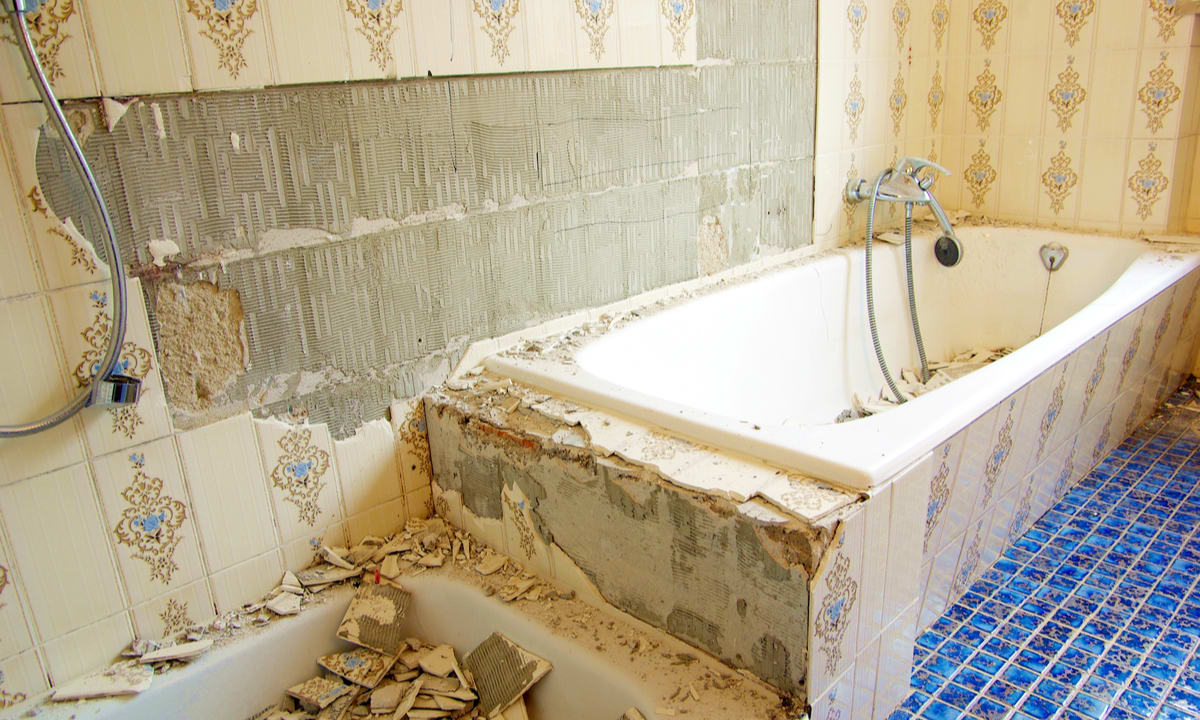Practical Guide to Shower Remodeling for UK Homeowners
A shower remodel can refresh a bathroom’s appearance, improve usability and address moisture issues that affect a property’s fabric. Whether updating a compact ensuite or converting a bath to a walk-in shower, careful planning reduces delays and unexpected costs. This guide explains practical steps, design and material choices, working with local services, regulatory considerations in the UK, and maintenance essentials to help owners make informed decisions.

When to consider a shower remodel?
Common triggers for a shower remodel include persistent leaks, mould recurrence, damaged tiles or grout, outdated layouts that hinder accessibility, and a desire to improve energy efficiency or resale appeal. Assess the current condition, taking note of any structural damp, rusted fixtures, or poor drainage. A survey by a qualified plumber or damp specialist can identify whether the work is cosmetic or requires structural or waterproofing intervention. Prioritise problems affecting health and the building envelope before aesthetic upgrades.
Planning and design choices
Start with how the shower will be used: everyday family use, accessibility needs, or occasional guest use. Consider layout changes such as replacing a bathtub with a walk-in shower, reorienting fixtures to improve space flow, or integrating wet-room concepts for a seamless finish. Choose a style that suits the property — contemporary frameless glass for modern flats or more traditional fittings for period homes. Factor in ventilation, lighting and storage early; a well-ventilated, well-lit shower stays cleaner and requires less intensive maintenance.
Materials and waterproofing essentials
Waterproofing is the foundation of any successful remodel. Use appropriate tanking systems, vapour barriers and sealed junctions around trays and drains. For surfaces, options include ceramic or porcelain tiles, engineered solid-surface panels, acrylic shower panels and stone-effect composites. Tiles require compatible grout and sealants; panels reduce joints and can simplify cleaning. For drain solutions, linear drains and low-threshold trays can assist accessibility. Choose corrosion-resistant fixtures and finishes rated for wet rooms to avoid premature deterioration.
Working with local services and contractors
When engaging local services, seek contractors with relevant UK experience and references. Check trade memberships, such as Gas Safe registration for any appliance work (e.g., electric showers with water-heating elements where applicable) and certifications for bathroom installers. Request written estimates detailing scope, materials, timeline and warranty. A clear contract helps manage expectations and change orders. For complex structural changes or plumbing relocations, involve a structural engineer or qualified plumber to ensure compliance with building regulations.
Permits, regulations and accessibility considerations
Minor cosmetic work usually won’t need building control approval, but structural alterations, changes to drainage, and certain electrical works may. In England and Wales, building regulations set standards for waterproofing, ventilation, and containment of moisture; Scotland and Northern Ireland have their separate regulations. For improved accessibility, consider grab rails, non-slip flooring, and level-entry trays. If adapting for reduced mobility, consult guidance on Lifetime Homes or official accessibility recommendations to ensure installations meet intended needs.
Maintenance, sustainability and long-term value
Regular maintenance extends the life of a remodeled shower: check seals and grout annually, ensure extractor fans are operational, and clean with suitable, non-abrasive products. For sustainability, choose water-saving showerheads with flow regulators and thermostatic mixer valves to limit wasted energy. Durable, low-maintenance materials such as large-format tiles or composite panels can reduce long-term upkeep. Thoughtful upgrades may increase a property’s appeal, but quality of installation and compliance with regulations are critical to preserving value.
Conclusion
Shower remodeling combines practical repair with design choices that affect daily comfort and property performance. Success depends on correct diagnosis of existing issues, careful selection of materials, adherence to UK regulations, and clear agreements with local services. Planning for waterproofing, ventilation and maintenance at the design stage helps avoid common problems and supports a durable, functional outcome.



